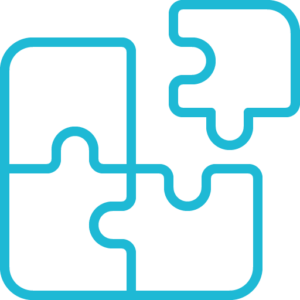RESOURCES
Privacy & terms
Quality Policy
Tanks & pumps
Our selection of premium water tanks and pumps ensures optimal system performance
Power meets reliability
Evolve Water’s tanks and pumps ensure that your water management needs are met with reliability and efficiency. Our diverse selection of water storage tanks includes options suitable for all applications, from potable drinking water to complex chemical storage. Alongside our tanks, we offer a comprehensive range of pumps, from submersible well pumps to booster pumps for enhancing water pressure. Our WRAS-approved solutions are meticulously engineered to optimise water storage, circulation, and transfer across various treatment processes.
Why choose Evolve Water for tanks & pumps?
TAILORED SOLUTIONS
Our custom configurations cater for unique requirements
WIDE RANGE
Our robust range of tanks and pumps means we have the right solution for every application
DURABLE CONSTRUCTION
Our portfolio of products is carefully selected from the highest quality brands that we know and trust
SEAMLESS INTEGRATION
Our fully integrated skid-mounted package units are easy to install, whether as part of a new setup or a retrofit
SMART CONTROL
Fully automatic, state-of-the-art smart monitoring and controls, with remote monitoring options
COMPREHENSIVE SOLUTIONS
We offer complete installation, service and maintenance solutions
How pumps work
How water tanks work
Applications

Commercial systems

Borehole & river water

Hotels & spas

Hospitality

Healthcare

Building services

Manufacturing

Food & beverage
The Evolve edge
We understand the crucial function of tanks and pumps in effectively managing and treating water. Our comprehensive selection of premium tanks and pumps cater to the varied demands of residential, commercial, and industrial settings, delivering consistent reliability and superior water treatment outcomes.
With our technical expertise and extensive experience in designing and supplying water treatment and purification systems, we understand the critical design parameters and equipment choices needed to accommodate any water quality, site specification, and constraint.






